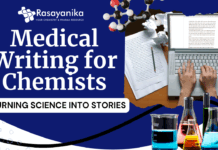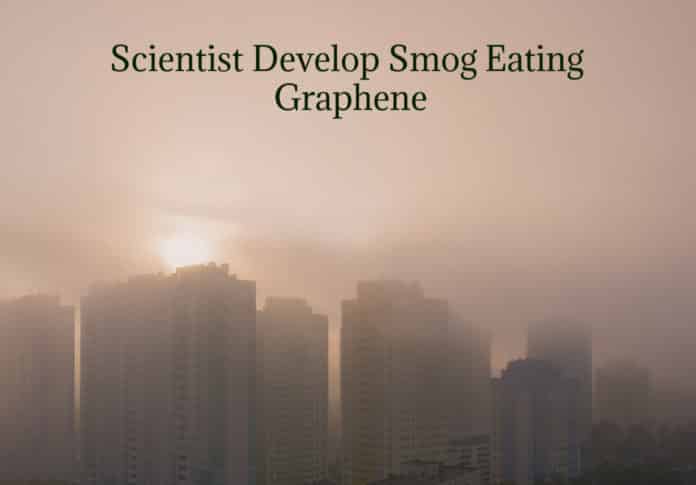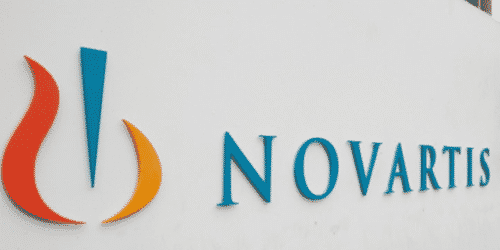Smog Eating Graphene
A graphene-titania photocatalyst produced by Graphene Flagship scientists can degrade up to 70 percent more atmospheric NOx than standard titania nanoparticles. The test was performed on real-time pollutants
The Graphene Flagship partners, including the Politecnico di Milano, NEST, the Israel Institute of Technology, among others, have developed a graphene-titania photocatalyst that degrades up to 70 percent more atmospheric nitrogen oxides than standard titania nanoparticles in tests on real pollutants.
To address this problem, researchers at the Graphene Flagship program are continually on the hunt for new ways to remove pollutants from the atmosphere. It is known that photocatalysts such as titania are a great way to do this. When titania is exposed to sunlight, it degrades nitrogen oxides, which are very harmful to human health & volatile organic compounds present at the surface, oxidizing them into inert or harmless products.
A process called as liquid-phase exfoliation of graphite creates graphene in the presence of titania nanoparticles. Scientists used only water and atmospheric pressure, and they fabricated a new graphene-titania nanocomposite. This can be coated on the surface of materials to remove pollutants from the air passively. If the Smog Eating Graphene is applied to the street or
the walls of buildings it could do wonders to reduce pollution.To measure the photodegradation effects, scientists tested the Smog Eating Graphene against nitrogen oxides & recorded a sound improvement in photocatalytic degradation of nitrogen oxides compared to standard titania.
To test the Smog Eating Graphene the researchers additionally used rhodamine B as a model for volatile organic pollutants. Rhodamine B’s molecular structure closely resembles those of pollutants emitted by industry & vehicles. They found that 40 percent more rhodamine B was degraded by the graphene-titania composite than by titania alone, in water under UV irradiation.
Graphene Flagship partners have prepared this graphene-titania composite via a one-step procedure to develop the ground-breaking “smog-eating” cement.
The Smog Eating Graphene showed enhanced photocatalytic activity, degrading up to 40 percent more pollutants than pristine titania in the model study, & up to 70 percent more nitrogen oxides with a similar procedure. Moreover, the mechanism used to develop this method was briefly studied using ultrafast transient absorption spectroscopy.
Editor’s Note: Smog Eating Graphene, Graphene-Titania Photocatalyst, Air Pollution Reducing Graphene















































